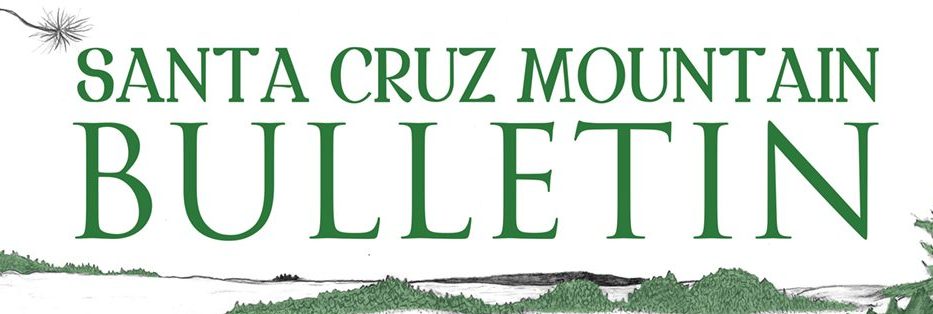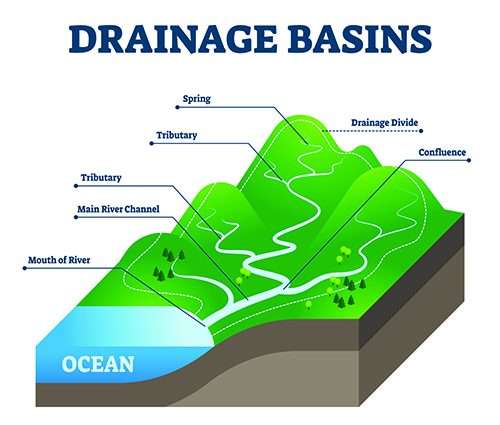By Chris Finnie
In recent years, California has finally started to pay attention to aquifers. While this is absolutely necessary in a state that suffers repeated droughts, it’s important to not lose sight of the other part of the equation—watersheds.
While lots of rainfall simply runs off into the ocean, some runs into creeks, streams, and rivers and is captured for human use. Some absorbs into the ground to recharge vital aquifers that allow us to pump water during dry seasons. How much can be captured depends in large part on watershed lands.
What Watersheds Do
Watershed land allows rainfall to infiltrate into the ground, where it can slowly filter into groundwater and form the base flow for streams. This continuous base flow is also vital to the health of aquatic life in streams. Water filtered through watershed land also lessens stream channel and streambank erosion by a factor of four or more.
The process of passing through the soil is also one of the most important purifiers of water. Many pollutants are filtered, attached to soil particles, or eaten by microbes as water passes through the soil. It also reduces the amount of silt that eventually winds up in our water filtration systems. This leads to higher water quality, and lower costs for water processing.
According to the Environmental Protection Agency (EPA), “A review of treatment costs and watershed characteristics for 27 drinking water utilities found that, for every 10% increase in forest cover of the source water area, chemical and treatment costs decrease by 20%.” Watersheds with intact natural land cover and soil resources are capable of sequestering carbon, which act to offset greenhouse gas emissions. Intact riparian areas are better adapted to more extreme weather patterns and changes in rainfall associated with climate change. Natural landscapes minimize the area and impacts of floods, reduce the burden on public drainage infrastructure and increase groundwater recharge.
But the EPA specifies that these benefits accrue in “natural landscapes.”
Threats to Watersheds
As we’ve seen around here, these natural landscapes can be threatened by development, logging, “vegetation management” around utility lines, and explosions of invasive species that can lead to higher fire danger. A study on the East Coast found that alien grasses double or triple the likelihood of a fire occurring. If you’ve ever thrown a broom plant you just pulled onto a backyard burn, you know they’re even worse. Since backyard burns are no longer allowed, you’ll have to take my word for this. They’re like lighter fluid with leaves.
These flammable invasive species can’t just be removed once. Cut broom will come back from the root. And its seeds can last in the soil for up to 15 years or more.
We’re fortunate to have excellent watershed lands in the San Lorenzo Valley. But it’s up to us to maintain them and protect them from threats. For some unfortunately out-of-date information on our local watershed, go to www.slvwd.com/environmental/pages/our-watershed


